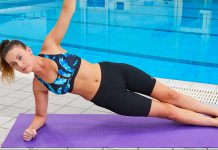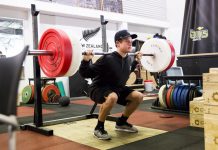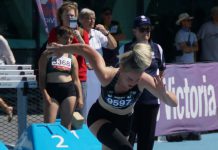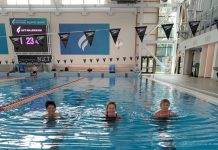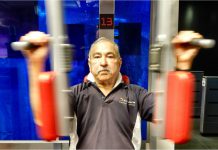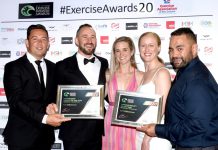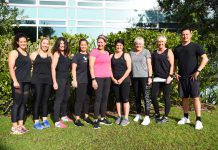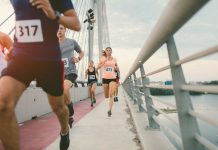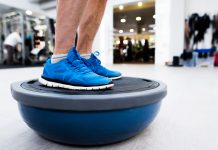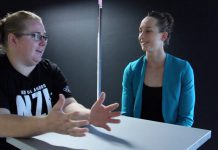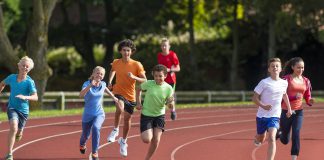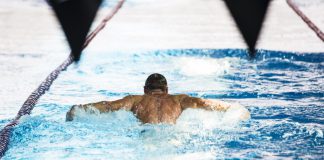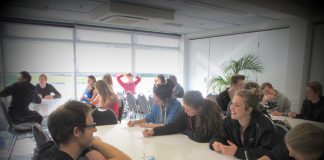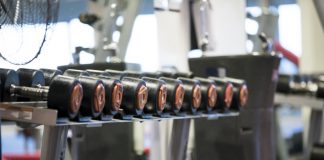Even if you are a regular Gym attendee, there is still a good-to-fair chance that while you are working some important muscles in your body, you are probably leaving a few behind. The conditions we see at Healthzone Physiotherapy vary widely, but there are a few common issues that would likely be mitigated with a little attention and a little prevention. Here are some muscle groups that we commonly see people leaving behind.
The rotator cuff
The rotator cuff is a group of four muscles in the shoulder that provide a number of important functions. They allow the shoulder to rotate in and out, but they also stabilise the shoulder when we do big movements, particularly overhead and away from our bodies. If you like doing push ups, chest press, shoulder press and flies – or any repetitive overhead movement in your normal daily life, really – then strengthening your rotator cuff is a wise addition to prevent shoulder pain and improve your upper body strength.
An example: Side Lying External Rotation:
Lie on your side with your uppermost elbow bent to 90 degrees and resting on a folded towel on your side. Let your forearm rest against your stomach. Using a 1 or 2kg weight and leaving your elbow resting on your side, rotate your shoulder by lifting your hand up to the ceiling. Perform three sets of ten repetitions.
Your core
We see a tendency for people to throw some abdominal exercises into their routine, but they are often the type that recruit your larger muscles and can leave your deeper muscles behind. The superficial muscles like your rectus abdominis (six-pack) and obliques get plenty of attention, but the deeper transversus abdominis and pelvic floor need attention as well. These muscles make up the deepest layer of your core and provide stability and control to your lumbar spine and pelvis while you are doing most movements. Practising some deep core strengthening exercises can improve your spinal awareness and prevent back pain.
An example: Core Leg Lifts:
Lying on your back with your knees bent, use your fingers to feel the front bones of your hips. Come just inside them to the fleshy part of your tummy and give a small cough to feel the muscles contract underneath them. Try to contract this muscle without coughing, and keep it on while you breathe. If you can maintain this contraction, then alternate lifting your right and left leg to a count of ten. Repeat this three times.
Your gluteal muscles
These are your buttock muscles, including your gluteus maximus which is the largest muscle in the body. You’d think these guys get a lot of attention and to be fair, when they don’t, it’s often not for lack of trying. Squats and lunges, which are relatively common exercises, recruit these muscles but we see a lot of people struggle to engage them, and over-recruit their quads instead. The glutes impact your lower back, your hips, your knees, ankles, even your upper body. A relationship has been established with shoulder pain in people with insufficient glutes, so working on specifically strengthening these muscles is an excellent addition to your programme.
An example: Single Leg Bridges
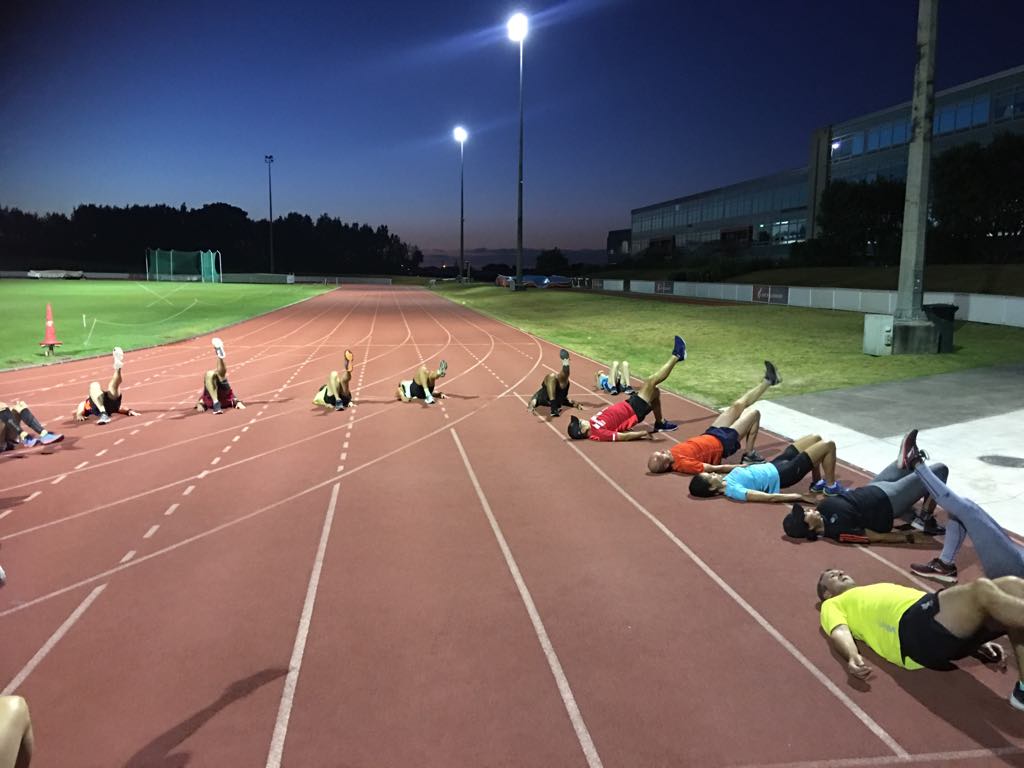
Lie on your back with your knees bent and your feet flat on the floor. Lift your left leg off the ground but keep your knees about the same level. Push through your right heel and lift your hips off the ground to try and make yourself a straight line from knees to shoulders. Deliberately squeeze your buttock to stop your hamstring from overworking. Your left hip will try to drop but you must try to keep them level. Slowly lower your hips back to the ground and repeat ten times. Alternate sides until you have completed three sets each side.
For further exercises and a programme to address the “forgotten muscles”, come and visit any of the team at Healthzone Physiotherapy. They will assess you, prescribe appropriate exercises and teach you how to do them properly and effectively.




